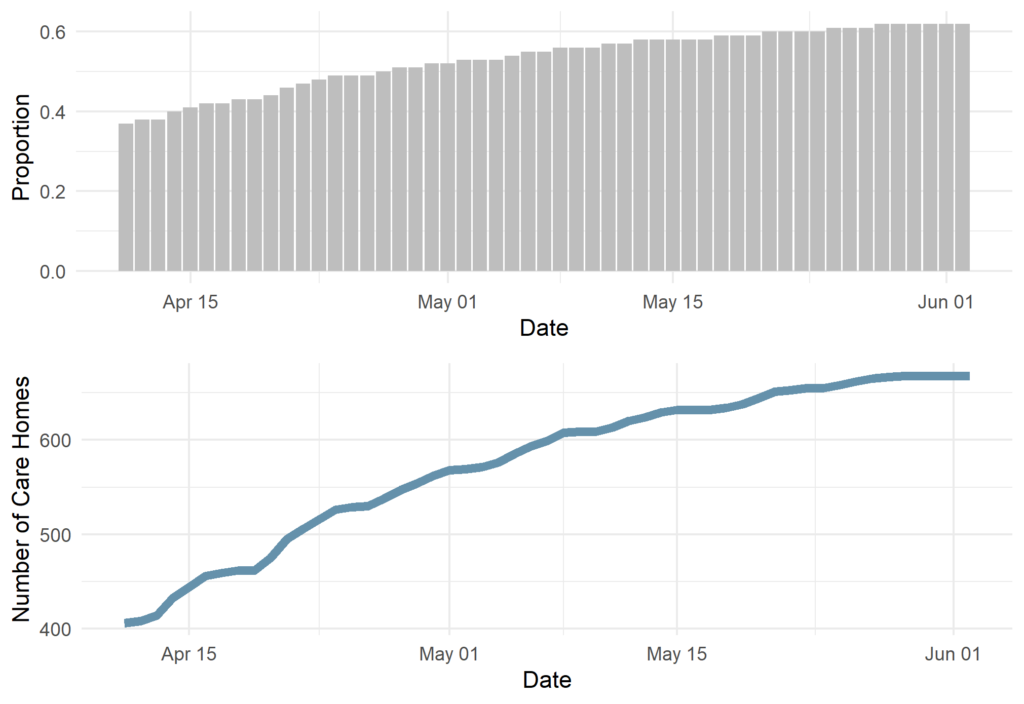The Cardiac CARE trial tested whether tablet medications called angiotensin receptor blockers and B-blockers, taken together (cardioprotection therapy), can prevent heart muscle injury related to chemotherapy.
The health economics study question, as outlined in the Cardiac CARE protocol, is the following:
“What are the important drivers of differences in costs and quality-adjusted life-years (QALYs) between standard care and hs-cTnI-guided cardioprotection?”
The study also aims to confirm the feasibility of data capture, assess data quality and provide insight into
designing future cost-effectiveness research of hs-cTnI-guided cardioprotection.
The study found no evidence that cardioprotection therapy prevented decline in heart function in anthracycline-treated patients with elevated cardiac troponin levels and no statistically significant differences in costs and QALYs between trial arms. However, the study presented detailed tables of costs related to anthracycline therapy and cardioprotection, which could be of great use in future modelling and cost-of-illness studies.
The paper is available at: https://www.journalslibrary.nihr.ac.uk/eme/APTU2400#/abstract







